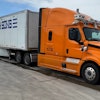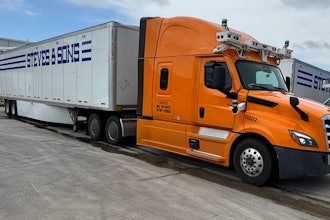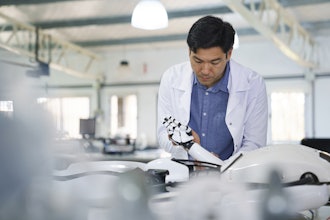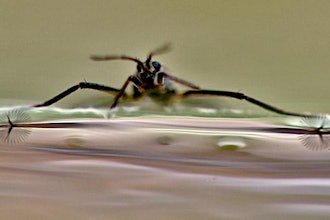The Internet of Things has been a driving agent in making the world a better place. The pace at which IoT is expanding its wings in real life has been overwhelming. All thanks to the awareness and adoption of digital technologies accompanied by access to the virtual network any time, anywhere.
What is the Internet of Things?
According to Wikipedia, “The Internet of things (IoT) is the extension of Internet connectivity into physical devices and everyday objects”. In layman’s terms, IoT is all about connecting everything in the world over the internet so that they can share data for improving life quality and convenience. The idea of the Internet of Things is to send and receive information over the network to pave the way for automation.
The sensors embedded in the objects (smart devices) gather critical data and the internet connectivity aids in sharing the information over the network. The simplest and the latest example of real-life application of IoT points out to “Smart Homes.” From an automated lighting system to advanced security features; Smart Homes have been a widely accepted concept in society. The smart home concept is simply the best application of IoT that improves the routine life to a great extent.
Imagine you are on your way home on a hot summer day. It takes you about 15 minutes to reach home, and another 15 minutes to get to the air conditioner to circulate cool air. What if you could save an extra 15 minutes and get home to find a chilly room?
This is possible when you have an automated air conditioner that can be controlled remotely from your hand-held device. This application of IoT is surely a savior and explains the role of IoT in automation too. A study shows that the number of households adopting smart appliances would peek up to 193.2 million by 2023.
Smart Cities- One Foot Forward Towards Enhanced Automation
Who would have thought that a demographic boundary would fall into the “Smart” category one day? From smart devices to smart cities, the transition is a big jump towards a noteworthy revolution. For inspiration, you can refer to Barcelona, one of the leading smart cities in Spain. “Smart cities are human settlement areas that are working towards the betterment of the society by collection, mining, and deployment of data through using updated technologies and low-cost sensors. The objective of the concept is to offer safer vicinity, top-notch privacy, and enhanced convenience to the inhabitants of the city.”
Refer to these interesting practical applications of smart cities that will make you jump out of your skin. These examples are a result of a collaborative effort of the local authority and IoT development company.
Some additional stats about IoT that reflect its bright future:
- About 75.44 billion IoT based connected devices by 2025.
- The global vehicle connectivity services market is expected to reach USD 86.5 billion by the end of 2024.
- The global Internet of Things (IoT) market is projected to grow to $8.9T in 2020, attaining a 19.92 percent Compound Annual Growth Rate (CAGR).






















